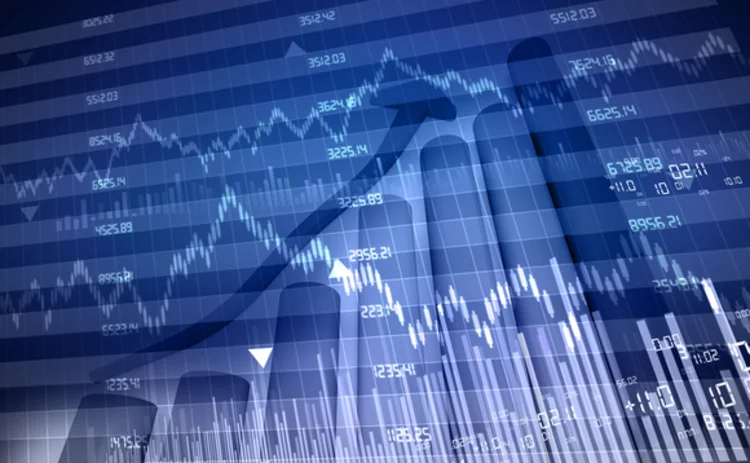
Deep learning can beat other forecast methods – Bank of Korea research
Deep learning models have smaller margin of error than conventional methods, research finds

Deep learning – an advanced form of artificial intelligence – can be more accurate in predicting outcomes, compared with conventional econometric approaches, according to research from Bank of Korea (BoK).
The research paper tested predictions of monthly exports from Korea and daily Korean won-US dollar exchange rates. It found that deep learning approaches produced better results even with the sorts of non-granular data sets that are normally used for conventional econometric models.
Central
Only users who have a paid subscription or are part of a corporate subscription are able to print or copy content.
To access these options, along with all other subscription benefits, please contact info@centralbanking.com or view our subscription options here: subscriptions.centralbanking.com/subscribe
You are currently unable to print this content. Please contact info@centralbanking.com to find out more.
You are currently unable to copy this content. Please contact info@centralbanking.com to find out more.
Copyright Infopro Digital Limited. All rights reserved.
As outlined in our terms and conditions, https://www.infopro-digital.com/terms-and-conditions/subscriptions/ (point 2.4), printing is limited to a single copy.
If you would like to purchase additional rights please email info@centralbanking.com test test test
Copyright Infopro Digital Limited. All rights reserved.
You may share this content using our article tools. As outlined in our terms and conditions, https://www.infopro-digital.com/terms-and-conditions/subscriptions/ (clause 2.4), an Authorised User may only make one copy of the materials for their own personal use. You must also comply with the restrictions in clause 2.5.
If you would like to purchase additional rights please email info@centralbanking.com test test test







